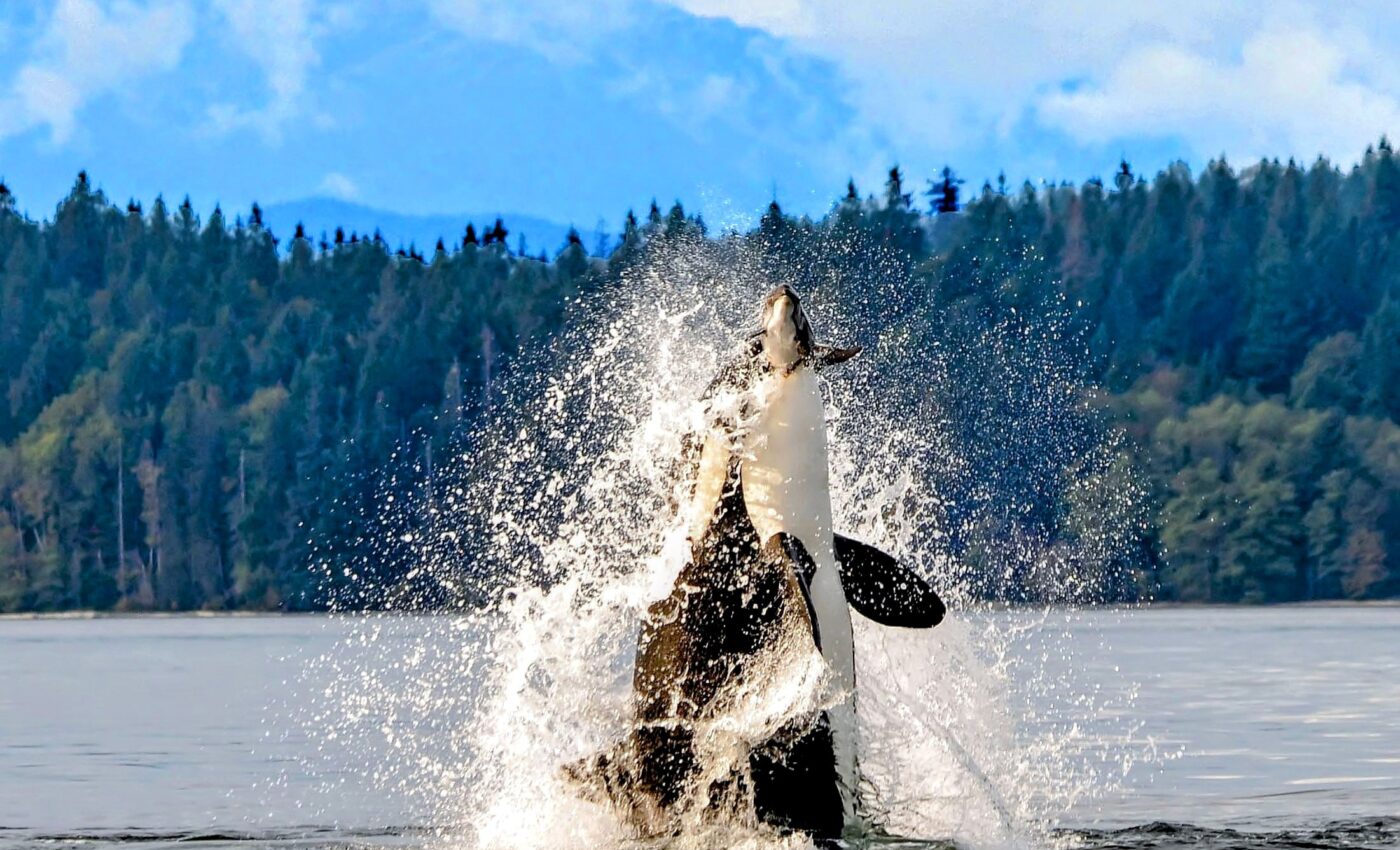
Killer whales have been killing porpoises for decades, but why?
In a recent study, scientists have investigated some curious behavior among fish-eating killer whales in the Pacific Northwest. For decades, these toothed whales have been harassing and killing porpoises, but without eating them.
The research was co-led by Deborah Giles of Wild Orca and Sarah Teman of the SeaDoc Society, a program of the UC Davis School of Veterinary Medicine.
Mysterious conduct
The team examined over 60 years of interactions between Southern Resident killer whales and porpoises in the Salish Sea to clarify this mysterious conduct.
These killer whales, an endangered group with a count of only 75, are significantly dependent on Chinook salmon for their survival. These fish are also endangered.
Unique ecology
Giles pointed out that the killer whales, despite residing in the same waters as their marine mammal-eating counterparts, possess a distinct ecology and culture, making them exclusively fish-eaters.
“I am frequently asked, why don’t the Southern Residents just eat seals or porpoises instead?” said Giles.
“It’s because fish-eating killer whales have a completely different ecology and culture from orcas that eat marine mammals – even though the two populations live in the same waters.”
“So we must conclude that their interactions with porpoises serve a different purpose, but this purpose has only been speculation until now.”
Plausible theories
The study authors analyzed 78 documented porpoise harassment incidents from 1962 to 2020, proposing three plausible explanations.
One suggestion is that this behavior serves as social play for the killer whales, allowing them to bond, communicate, and enjoy themselves, ultimately benefiting group coordination and teamwork.
Alternatively, harassing porpoises might be a method for the whales to sharpen their salmon-hunting skills, using the porpoises as practice targets without intending to eat them.
A third hypothesis introduces the concept of “mismothering behavior,” where whales may offer care to perceived weaker porpoises, mirroring their instinct to assist group members.
Mothering challenges
“Mismothering behavior – also known as ‘displaced epimeletic behavior’ to scientists – might be due to their limited opportunities to care for young,” explained Giles.
“Our research has shown that due to malnutrition, nearly 70% of Southern Resident killer whale pregnancies have resulted in miscarriages or calves that died right away after birth.”
Complex animals
The exact motivations behind porpoise harassment by these whales may remain elusive. The study confirms that porpoises are not included in the Southern Resident killer whale’s diet, as these whales feed almost exclusively on Chinook salmon.
“Killer whales are incredibly complex and intelligent animals. We found that porpoise-harassing behavior has been passed on through generations and across social groupings. It’s an amazing example of killer whale culture,” said Teman.
“Still, we don’t expect the Southern Resident killer whales to start eating porpoises. The culture of eating salmon is deeply ingrained in Southern Resident society. These whales need healthy salmon populations to survive.”
Salmon conservation
This dietary constraint underlines the crucial need for salmon conservation efforts in the Salish Sea to ensure the Southern Residents’ survival and the health of the region’s ecosystem.
The study received funding and support from numerous institutions, including Wild Orca, SeaDoc Society, University of Exeter, Fisheries and Oceans Canada, Orca Behavior Institute, NOAA, Cascadia Research, The Whale Museum, Center for Whale Research, ORCA at Everett Community College, Bay Cetology, North Gulf Oceanic Society, George Mason University, and Marine-Med.
The study is published in the journal Marine Mammal Science.
Image Credit: Wild Orca
Like what you read? Subscribe to our newsletter for engaging articles, exclusive content, and the latest updates.
—-
Check us out on EarthSnap, a free app brought to you by Eric Ralls and Earth.com.













